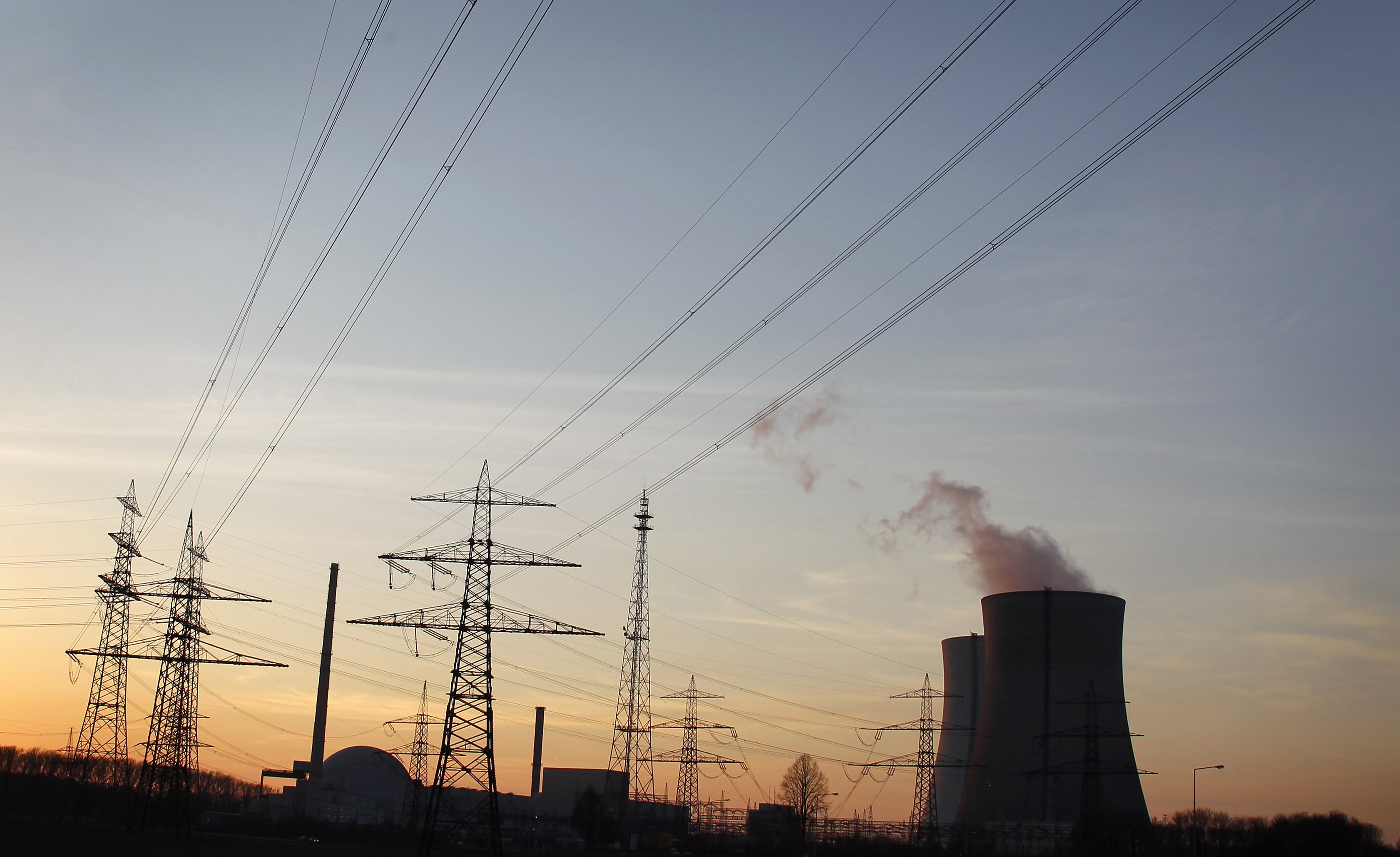Could New York City become the beacon of energy efficiency?

New York City can be a world leader in promoting energy efficiency as a way to decarbonize cities.
Image: Unsplash/Luca Bravo
Stay up to date:
Energy Transition
Listen to the article
- Cities account for two-thirds of global energy consumption and 70% of global emissions, meaning they can play an invaluable role in decarbonization.
- Energy efficiency is the ‘first fuel’ for clean energy transitions and is often the quickest and the most cost-effective carbon mitigation option.
- New York City's Local Law 97 on energy efficiency and emissions has already had real impact and can serve as leading example for other cities.
The eyes of the world were focused on New York City last week as the ‘Big Apple’ hosted Climate Week NYC alongside the annual UN General Assembly. What better place than New York City, to remind the world of the crucial role cities can play as we take steps towards decarbonization.
Cities account for a significant two-thirds of global energy consumption and 70% of worldwide emissions, effectively holding the key to reaching our decarbonization goals. The need for urgent action in cities has never been clearer.
The recently-released UNFCCC Global Stocktake report highlighted how the window of time for effective action on climate change is narrowing quickly.
If we are to meet the goals of the Paris Agreement to limit global warming to 1.5ºC above pre-industrial levels, we have just over six years to almost halve global emissions.
Accept our marketing cookies to access this content.
These cookies are currently disabled in your browser.
While we’re not on track currently to hit this target, the opening arena for combating climate change should start with cities. But what should cities focus on first? The answer is simple: energy efficiency.
Energy efficiency is, and always should be, the ‘first fuel’ for clean energy transitions. The technology is available already, and it’s the quickest and most cost-effective carbon mitigation option.
Decarbonizing NYC through energy efficiency
In New York City alone, there is roughly 3 billion square feet of existing building space, according to New York State Energy Research and Development Authority (NYSERDA). Most of it is constructed prior to the first energy regulations in the 1970s and utilizes steam boilers running on natural gas or oil.
Although there are some barriers to taking action on decarbonizing buildings, the financial benefits are beginning to influence and accelerate the progress.
Take for example Local Law 97, New York City’s policy that means most buildings over 25,000 square feet will be required to meet new energy efficiency and greenhouse gas emissions limits by 2024, with stricter limits coming into effect in 2030. These policies, especially in a city as busy and energy hungry as NYC, will have a far-reaching impact.
As an example of this policy impact, let’s consider the 345 Hudson Street building. The infrastructure of the famous 91-year-old building – with tenants including Google, Viacom and CBS – will be upgraded to new carbon efficient, energy saving technologies to completely decarbonize the 1 million square foot property by 2032. This will totally change Hudson 345’s original status as one of the most carbon intensive buildings.
Energy efficiency and the bottom line
This change will also make sound financial sense as it would otherwise have a potential Local Law 97 exposure in the range of six figures per year starting in 2030.
These current conditions reflect a set of common challenges faced by a wide swath of New York’s commercial building sector. We can already see this policy having an impact and concrete projects on retrofits are happening now that we might not have seen otherwise.
Technologies like variable speed compressor heat pumps are also having a significant impact. Variable speed compressor heat pumps can adjust their operating power, reacting to both the thermostat settings and the outdoor temperature to provide optimal space heating in an energy-efficient manner.
We are also seeing a promising movement overall towards the uptake of heat pumps in the US, with heat pumps last year outselling gas-powered furnaces in the US for the first-time. More than 4.3 million heat pump units were sold in 2022 compared to roughly 3.9 million natural gas furnaces.
Meanwhile, New York Climate Action Council has plans to convert 1-2 million homes and 10% to 20% of commercial space statewide to all electric heating and cooling with heat pumps by 2030.
Excess heat a large untapped source of energy
There is also much potential in the reuse of excess or waste heat from the likes of wastewater facilities, data centres, supermarkets, and subway stations – all present in large cities.
Excess heat can provide for a substantial proportion of the heating and cooling needs in cities and is considered the world’s largest untapped source of energy. Using energy that would otherwise go to waste is potentially one of the purest forms of energy efficiency.
Heat pumps are also the key to utilizing this excess heat, recovering heat from the cooling system to also provide the required facility heating. Hudson 345 and many other New York City buildings are currently in the process of being redesigned to enable this possibility.
This is the most significant lever available in terms of efficiency and decarbonization, replacing gas-source heating with heat recovery and water heat pumps which operate at five times the efficiency of the gas source heating they are replacing.
Danfoss and our original equipment manufacturer partners are leading the way in showing the possibility of this integrated hydronic-based cooling and heating system retrofit and the associated efficiency and decarbonization potential.
The density of infrastructure in cities makes it possible to use excess heat even more systematically and in larger scale through sector integration and district energy. Urban planning can leverage the potential of sector integration and excess heat by connecting energy producers with energy consumers through a smart grid.
What's the World Economic Forum doing about the transition to clean energy?
Most importantly, we must not forget that decarbonization is not magic. These are not new technologies or solutions. They are proven technologies. We have what we need to make decarbonization possible in New York City and beyond.
This is a tremendous opportunity for one of the world’s most famous cities to be a leader in promoting energy efficiency in cities on a global scale. New York City is extremely well placed to lead the US and the world in decarbonization. It’s good for business, it’s good for the climate. Let’s get to work.
Don't miss any update on this topic
Create a free account and access your personalized content collection with our latest publications and analyses.
License and Republishing
World Economic Forum articles may be republished in accordance with the Creative Commons Attribution-NonCommercial-NoDerivatives 4.0 International Public License, and in accordance with our Terms of Use.
The views expressed in this article are those of the author alone and not the World Economic Forum.
Related topics:
Forum Stories newsletter
Bringing you weekly curated insights and analysis on the global issues that matter.
More on Energy TransitionSee all
Gaurav Upadhyay and Labanya Prakash Jena
August 8, 2025
David Timis
August 8, 2025
Forum Stories
August 6, 2025
Marina Colombo and Lynn Kappes
August 6, 2025
Sverre Alvik
August 5, 2025
Michael Wang
July 28, 2025






